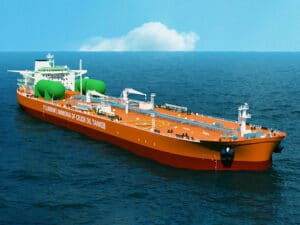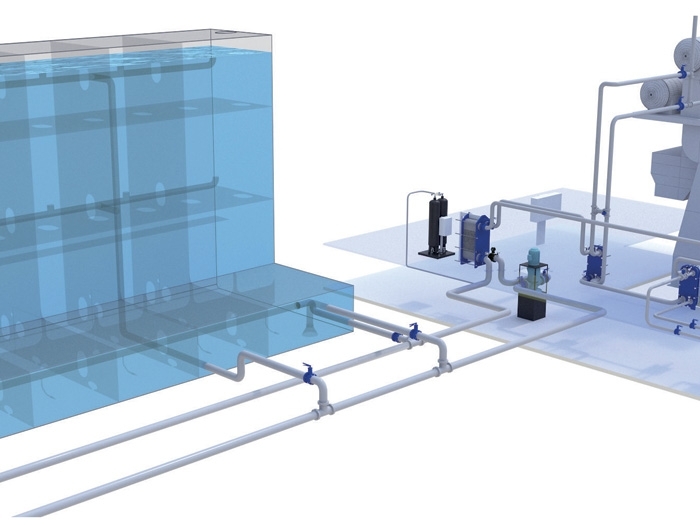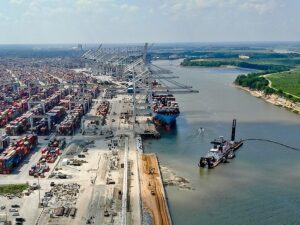
Bawat BWMS gains Coast Guard AMS acceptance
Written by Nick Blenkey
Bawat system uses standard marine components such as plate heat exchangers
FEBRUARY 18, 2015 — The innovative ballast water treatment system developed by Danish company Bawat A/S has now received U.S, Coast Guard Alternate Management System (AMS) acceptance.
Regardless of the status of the pending IMO ballast water convention, for ships trading in U.S. waters, the Clean Water act requires that a U.S. approved BWMS be installed in new ships constructed on or after December 1, 2013 and in existing ships by their first dry-docking after 2014 or 2016 depending on their BW capacity.
Ships fitted with systems with AMS acceptance can operate in U.S. waters for an interim period of up to five years from the ship specific implementation date, after which the system must have full U.S. type approval.
“We are very excited about the acceptance letter from Washington, D.C. This will allow for us to broaden the scope as we roll out our very innovative and competitive ballast water management system in the international marketplace,” says Kim Diederichsen, CEO of Bawat A/S, adding that he expects the system to to obtain a full U.S. type approval “well ahead” of the expiration of the interim period.
The Bawat system has already fulfilled IMO BWMS type approval requirements, with all relevant tests being verified by the classification society DNV-GL and certified by the Danish Maritime Authority and the Danish Nature Agency.
Bawat’s ballast water management system is revolutionary in that treatment can be carried out while at sea. This is saves time and money as compared to current, in-line systems where treatment has to take place while in port.
No filters, UV radiation or chemicals are involved in the process, which is aimed primarily at the tanker and bulk carrier markets, and is an in-tank recirculation system that uses deoxygenation and pasteurization to bring the concentration of living organisms in ballast water down to well below the regulation requirements.
The system uses existing, off the shelf, marine components, such as plate heat exchangers, from suppliers with good track records and service locations in various locations worldwide.
For more details of how the system operates, see our earlier story HERE





Leave a Reply
You must be logged in to post a comment.